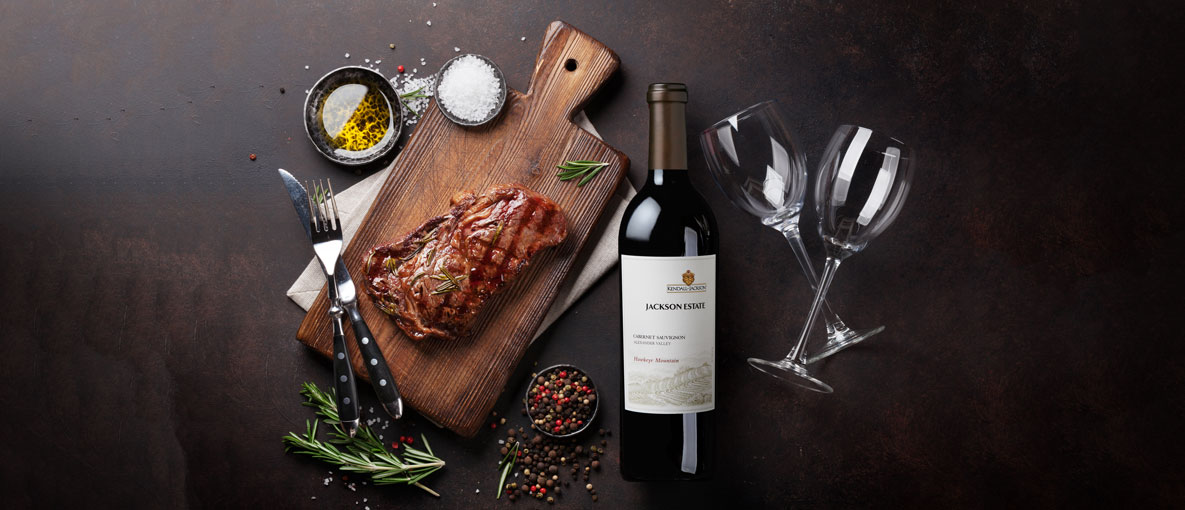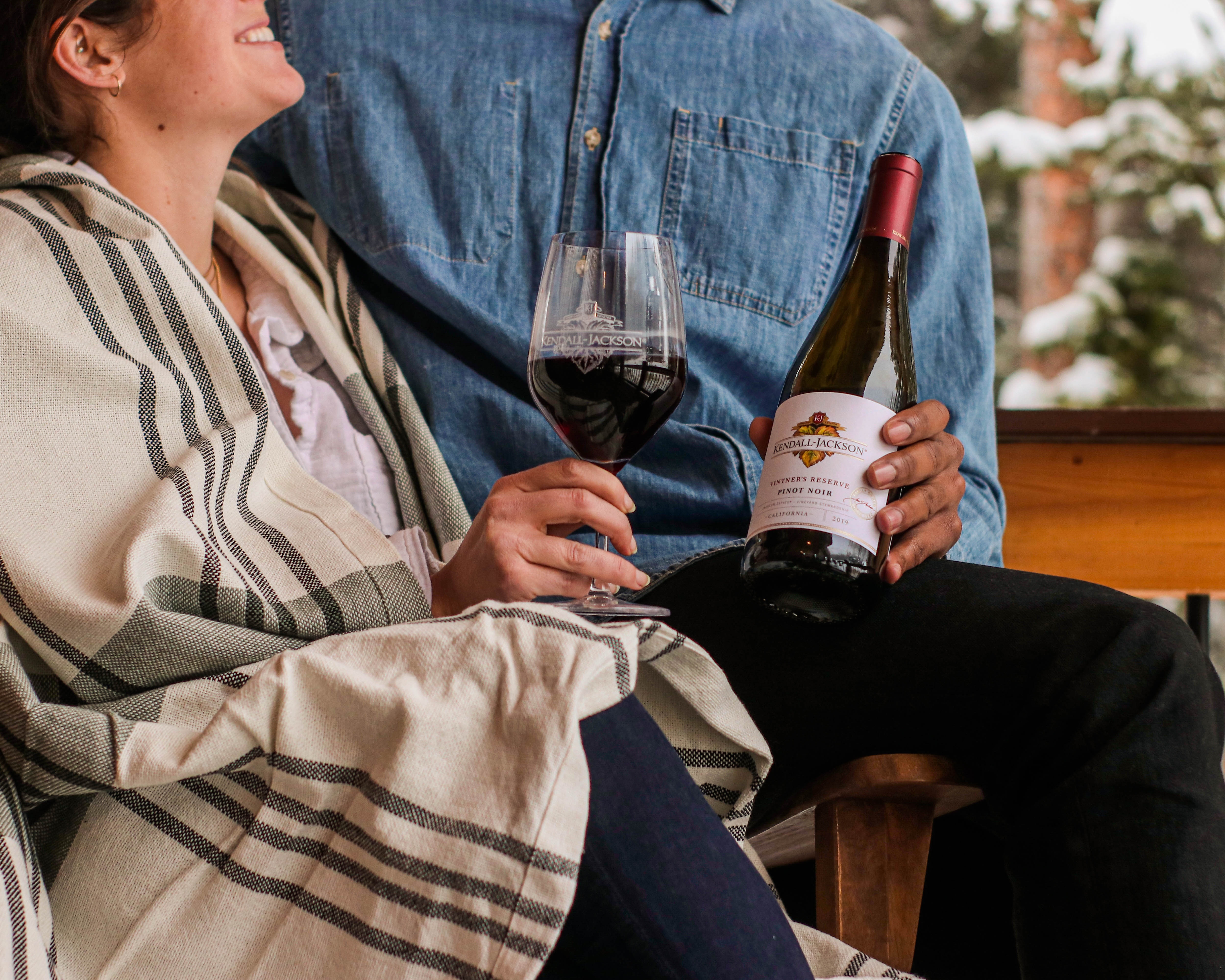Pairing Wines with Produce from the Kendall-Jackson Culinary Gardens
Wine and food pairings are a focus of friends, fellow wine geeks and (occasionally – at least in my case) family who like wine and know enough to feel they have to “do it right”. I sometimes cringe a bit when I’m asked to help. Don’t get me wrong. I am thrilled at how many people are “into it” and have cool ideas (or are just looking to poach some but care enough to ask)!
The reason I might squirm is that I tend to drink what I want with whatever I’m eating. I can hear that timeless echo of, “Do as I say, not as I do.” Mea culpa!
Still, I rarely go completely rogue. (Really!) Moreover, I enjoy hovering in the “gray” area, where I can drink and eat what I want with a very good but possibly not a perfectly, sublime combo. The truth is that those pinnacle moments are rare. You get them when you have a “slab and a Cab” at a steakhouse (basically, one highly focused flavor experience that is very easy to pair wine with) or when you have a fine-tuned sommelier pairing a perfect two-ounce pour of wine for two or three perfectly composed bites on your Michelin Star-graced plate.
So, in fact, it is that gray space where we most often enjoy wine. Rather than strict norms, we merely need guide rails.
When I was recently presented with a list of the wildly cool - and sometimes definitively exotic - produce from the Kendall-Jackson Culinary Gardens, I knew I had to think about the bouncing within the tracks more than working with the very specific flavors of some of the veggies, fruits and herbs culled from around the world by Culinary Gardner Tucker Taylor.
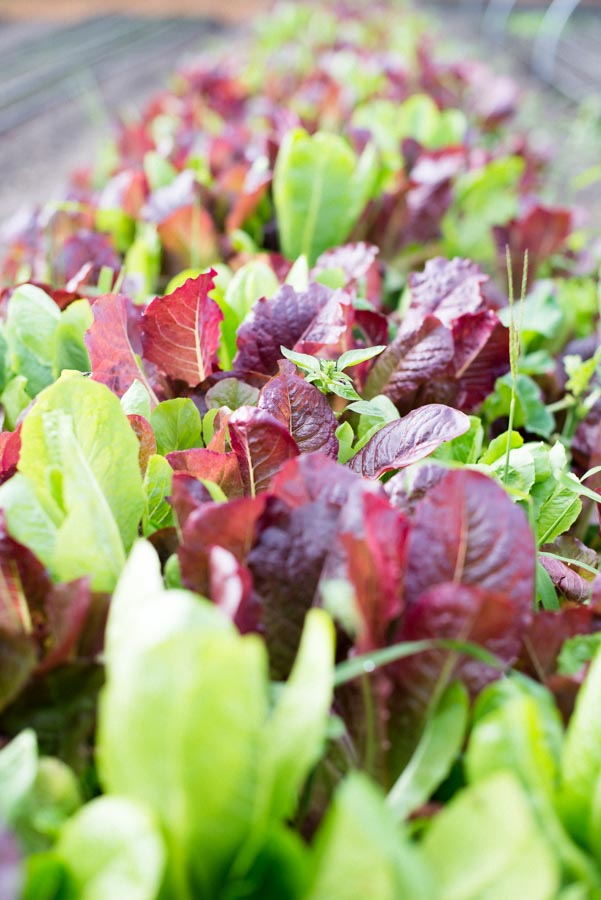
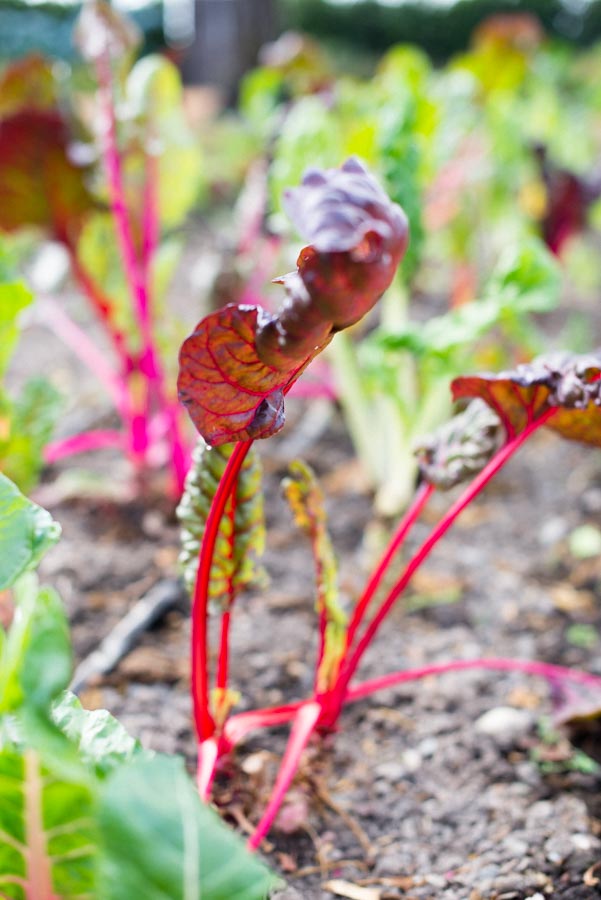
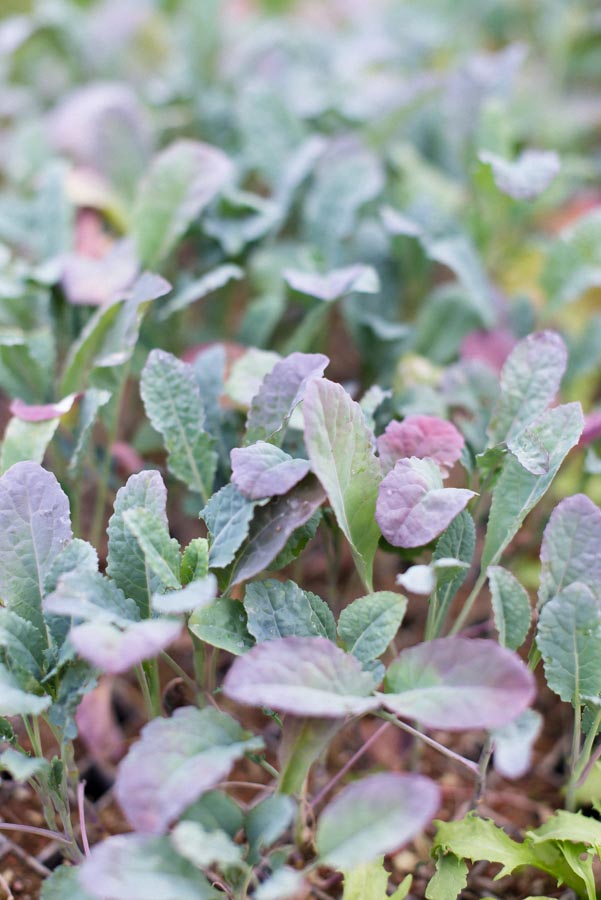
Tucker’s world is not just San Marzano tomatoes, Thai basil, Japanese eggplants and fennel.
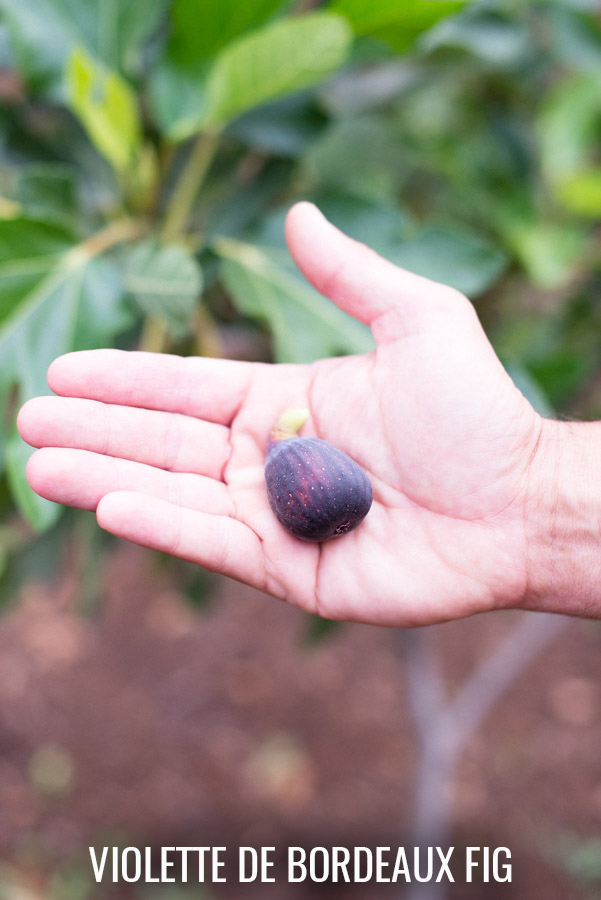
Here are some of my insights from my exploration of Kendall-Jackson Garden’s diversity and some possible wine pairings for its bounty:
A fine first example is green garlic. Tucker described it as “looking like a green onion but tasting like garlic. It’s mild in flavor.” That’s not so hard, especially assuming it is cooked. Everything cooked is milder and kinder to wine. With green garlic, Sauvignon Blanc sounds like a sure bet. (This is the perfect moment to mention the important points of preparation versus product. Every food changes with temperature, cooking technique and sauce or marinades.)
Tucker’s garden really dives deep into unusual, green-based flavors like boc choi, tatsoi, choi sum and shungiku. Anytime something green-flavored (whether its more toward bell pepper and asparagus or more in the evergreen realm), I always think of the Sauvignon family. Depending on the dish and the prep, either Sauvignon Blanc or Cabernet Sauvignon could work. Cabernet Franc, a parent to Cabernet Sauvignon along with Sauvignon Blanc, is also an excellent option.
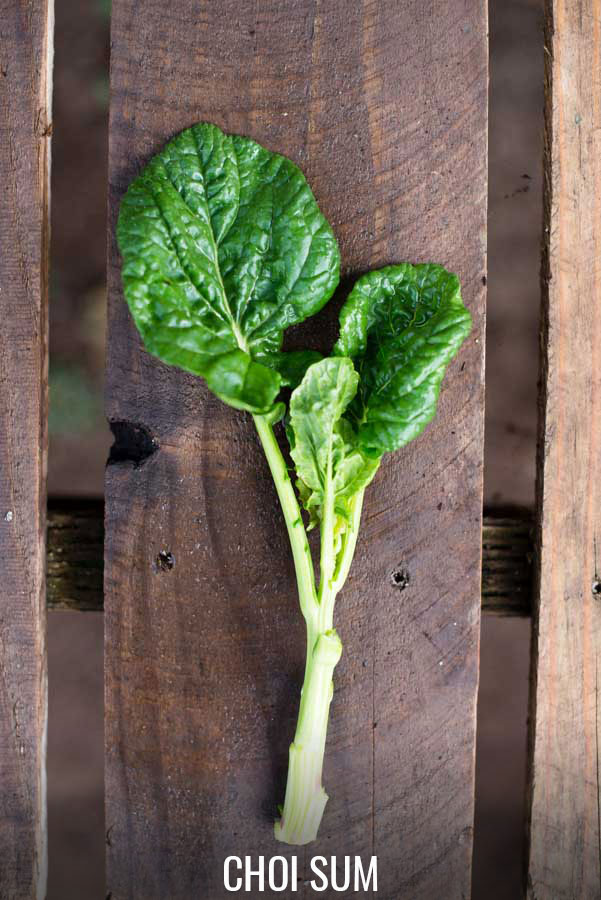
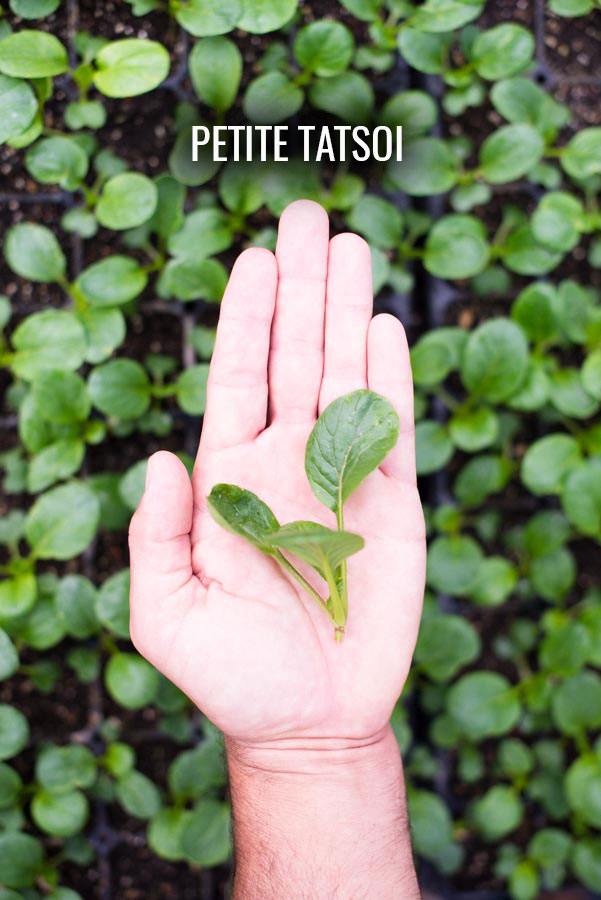
This also holds true for herbs like cilantro, papalo (like cilantro in its usage but not in its flavor, according to Tucker) and culantro, which trickily looks and smells like cilantro but is not actually in the same herb family. Basically, when you have a brightly scented, soft-stemmed herb, lighter versions of the Cabernet family – in both red and white form - are good places to turn.
Some of the trickiest options aren’t those that sport “green” flavors – though those are particular – but rather heat-inflicting peppers. Jalapeños and serranos can really emphasize alcohol heat. Lower alcohol and lighter body wines work best. It’s great to try wines that have a chill (whites and rosés) and, better yet, a chill with a hint of sweetness.
Speaking of sweetness and moving deeper into Taylor’s dreamscape garden, there were Charentais melons. Basically, it’s a French-ified cantaloupe. One of my favorite ways to eat these is to slice them in half, scoop out the seeds and lightly coat the flesh with a sweet wine, like the Kendall-Jackson Vintner's Reserve Muscat Canelli.
All of this written, the best – and most fun – way to develop an understanding of wine pairing is to open up two bottles per dish! (No doubt this is easier done at less expensive price points.) I understand this might seem expensive or wasteful at first glance. However, when you consider that you typically pay the cost of a full retail bottle of wine for a single glass at a restaurant, “investing” in a few bottles at home seems like an enormous bargain to begin learning your own navigation techniques for wine pairings.
It’s impossible to – but a load of fun to try – to keep up with Tucker’s garden – both in seasonal changes and in unusual flavors. However, the ride is always worth it! Let us know here about any terrific tastes you find with K-J wines and your own garden produce!
For more food and wine pairing tips, visit the Entertaining section of our website.

